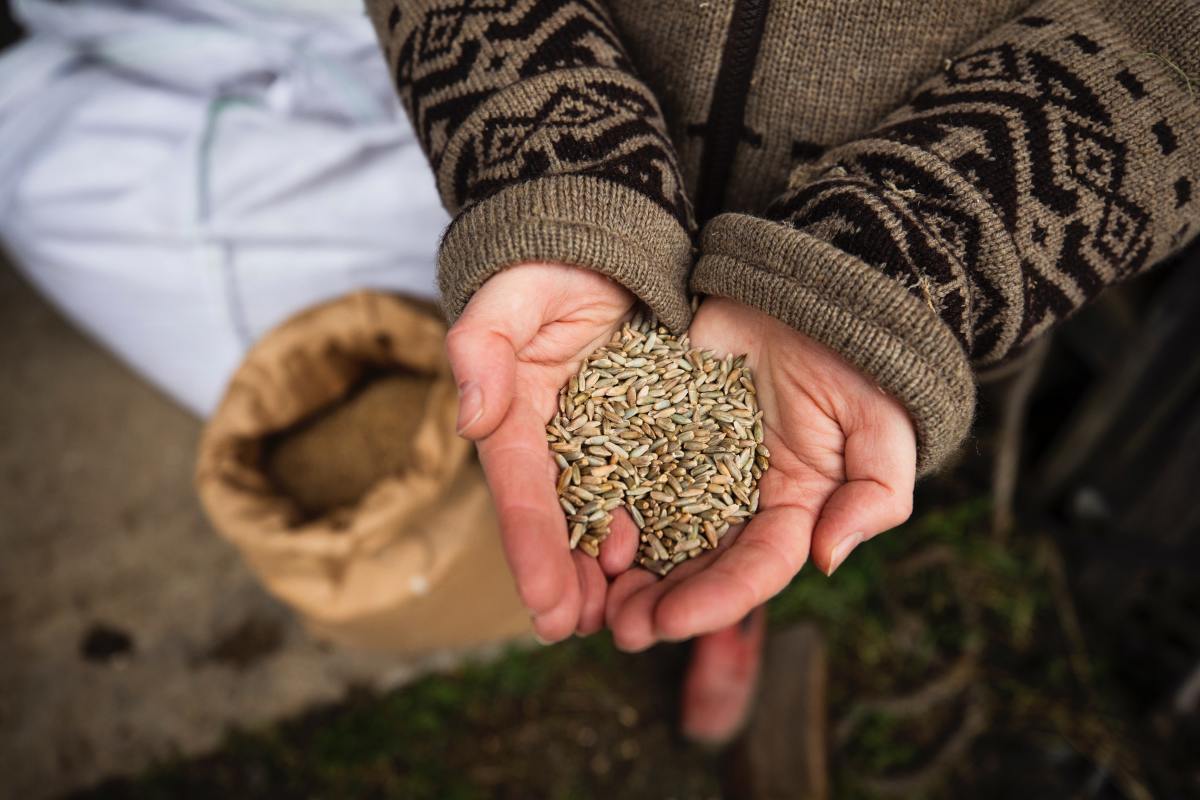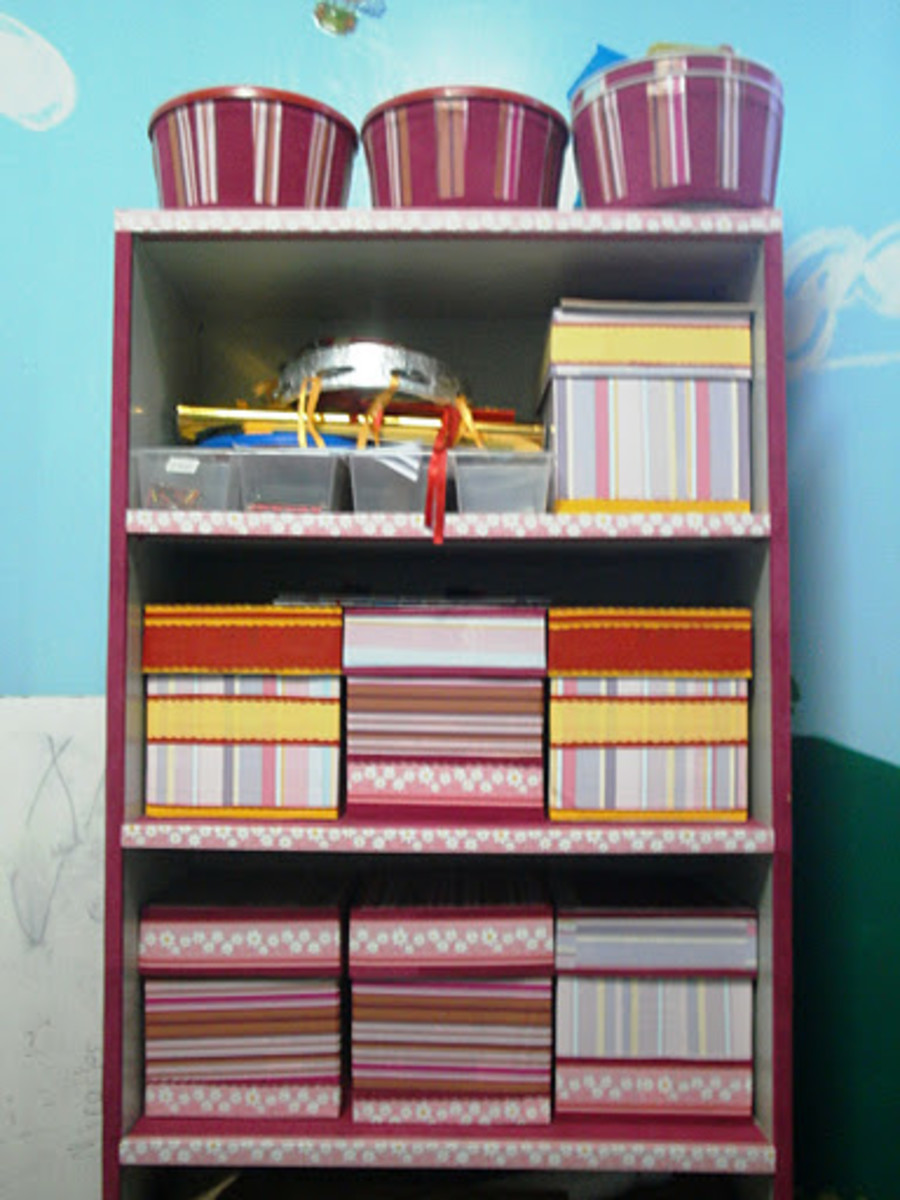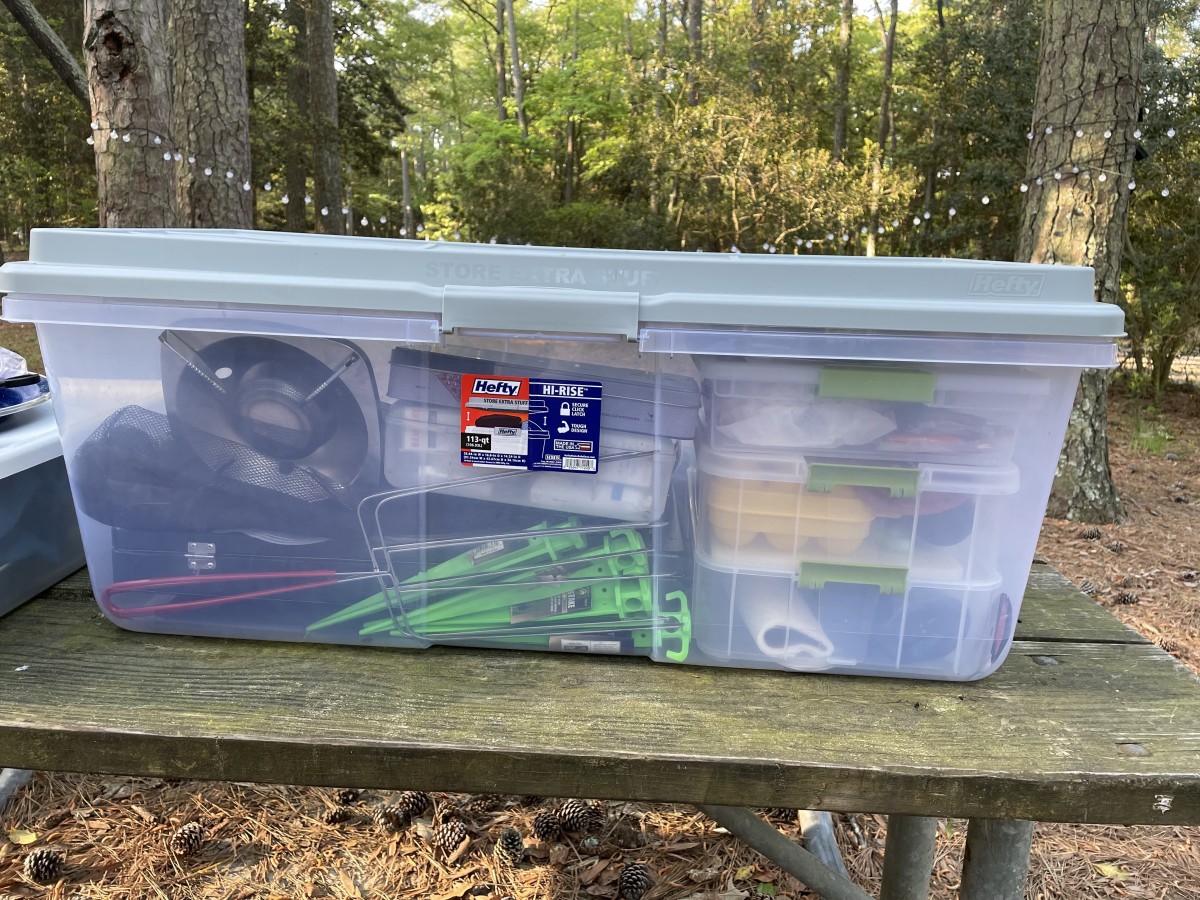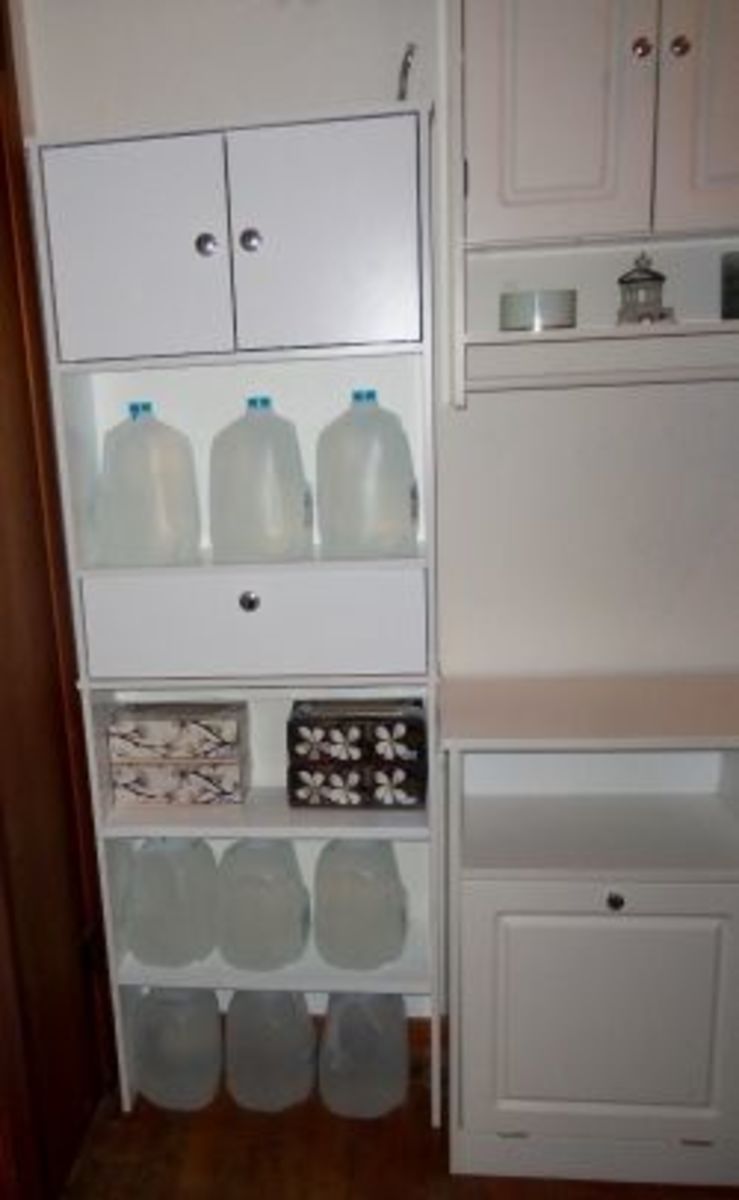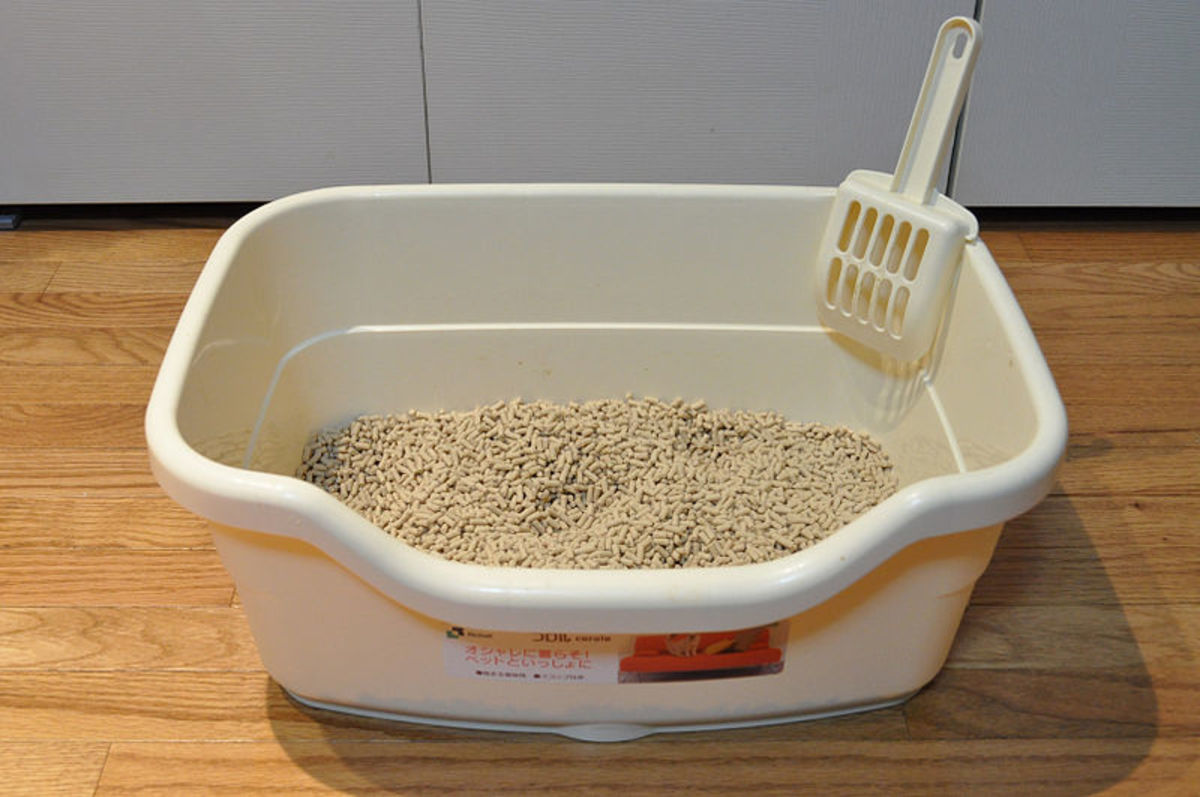Survival Food Storage - My Favorite Tips and Tricks!
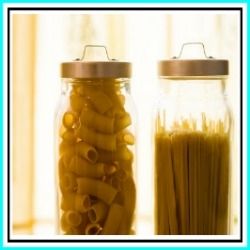
How To Properly Store Survival Foods
Survival food storage ~ What IS the best way to properly store your survival food for long term? Below you will find my favorite tips and tricks. There are some great ways to keep your goodies fresh and the bugs out.
A variety of foods can be simple to store. Some foods only require cool temperatures while others need to be conditioned and repackaged.
Having a variety of good foods available is necessary for maintaining good nutrition in times of emergency and it is an excellent home economic practice. Your family needs foods in stock they will and can eat. It is important in times of crisis to have comfort food and nutritionally sound meal choices.
Some foods have a longer shelf life than others. Canned foods stored in the pantry can keep up to 2 years while foods, such as ground beef or chicken stored in a freezer only keep for a few months. For long term it's best to have survival foods canned or in freeze-dried forms.
Dry packed items like oats, pasta, rice, or powdered milk store well long term on a pantry shelf.
Bulk items such as sugar and flour can be separated into smaller usable bags or plastic containers for regular use in the kitchen and can keep for a couple of years.
Keeping the quality high and the contents usable and fresh is not difficult. Keeping pests out only takes a few simple remedies.
Let's get started.
Image: Dried Pasta In Jars Allposters
Additional images: M Burgess unless otherwise noted. All rights reserved. Please, do not copy, Thanks!
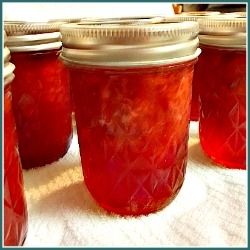
Food Storage Is Self Sufficiency
Learn To Preserve Your Own Foods
Preserving food with high quality and long term storage potential is an important part of storing survival foods. Canned foods you purchase at the store are good but they may not hold up as well or taste as good as food you have prepared yourself. Self-sufficiency is the goal of food storage.
A fruit or jelly preserved in a glass jar always tastes better than the ones in the tin cans. You know for certain what healthy ingredients are in it because You made it! Meats can be a tricky storage item, but with the right knowledge they can be treated for stocking long term. Making your own goods and being as self-sufficient as possible is an important part of the survival planning efforts.
Food Storage Books - Manuals & Reference Guides
Having a good library of food storage books and references will help you answer the questions you have about food safety, the best ways to treat certain foods for canning or freezing, and generally include some great recipes. Guides for drying or freezing can be an essential part of your planning food storage. There are many methods and recipes. Scour the pages and find ones that your family likes.Those are the ones you use. If your family won't eat the food you set away you have not planned it well. Keep and highlight the family favorites and memorize these menus.
Free Download - Home Storage of Wheat PDF - By Ralph E. Whitesides
This printable PDF document details instruction to storing your most essential grain - Wheat. It has been in my food storage document collection for a long time and it contains many pages of valuable information on using and storing wheat.
The document covers what kinds of wheat are on the market. It also addresses issues like temperature control, common grain diseases, and what to look for.
- Home Storage of Wheat
Home Storage of Wheat By Ralph E. Whitesides, Extension Agronomist From the Utah State Extension Service
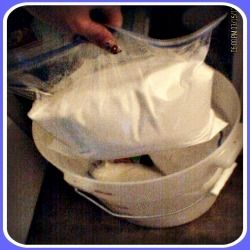
Large Storage Containers
Organized Food Storage
I use the zip-lock bags for organizing most of my storage needs. These I drop into 22 quart storage containers. What I don't have in bags is already packed in #10 cans.
Using the freezer style bags saves on hassles in the long run because they are stronger, more durable, and will take more abuse from dry packaging, freezing, and every other good use you can find for them. Better yet, use mylar bags and seal them with a heat sealer.
For pastas and rice, powdery products like sugar and flour, divide the packages into several meal size portions.
Pouring sugar and flour back and forth and trying to rotate it is a messy business.
Make it simple.
Pack individual bags into 1-2 pound portions and then set them in a large bucket or box container. When I bring in new product, rotation is simple and cleaner than having to pour everything out of the big container. I just pull out the bags and put the new repackaged goods underneath. Rotation is immediate!
I keep a bag of flour and sugar both in the kitchen for cooking staples and other uses. When I am low on these I just take another bag out of my supply. When I use a couple of bags, I restock the item. Empty bags can go back in the bucket if they are still clean. Recycling is always good practice.
The value of a quality storage bucket is worth it's weight in sugar, flour, or what ever else you might want to store in it. Use one of these handy items to store your scrap-booking or photo memories in. They seal well and can be used in a variety of ways! I prefer the clear ones so you can see what's inside without having to pry the lid off of them.
22 Quart Storage Containers - For Long Term Food Preservation And Organizing
Organizing your food storage so you may use it to its fullest potential is always a work in progress. Storing large batches of staples can be easier following the tips above and using a container that can be neatly stored and located. Label everything you put away so you know what is in it and keep the stock fresh by adding new goods and using the older ones on a regular basis. Incorporate storage foods into daily menus so that your family can adjust to them before the crisis arrives.
Water Barrels For Storage - Do Not Overlook The Water!
When you are planning for food storage, do not overlook water in your pantry and survival planning. It is the essential ingredient to anything a human consumes. You can live longer without food than you can water. Water should be at the very top of your food storage list! Keep it in large 55 gallon barrels if you have the room to store it. If you do not have that luxury, several 5 gallon bottles or gallons in cases will add this necessary element to your stock.
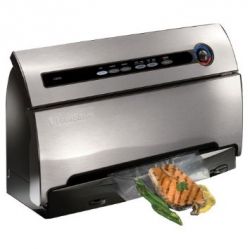
Using A Vacuum Food Sealer
Preserve And Protect Foods
A popular item in your storage plan is a vacuum sealer. This is on my wish list. I know I would probably go through the first roll of film in the first few hours of having it and would want a case of the plastic sealing film. In fact, that's probably not a bad idea!
Seal A Meal's are great for repackaging meats for freezing and is a wonderful vehicle for dry packaging other foods. They are simple to operate. Separate large bulk items into smaller, more manageable packets for meals.
They work on a system where you can package a food item (or anything else you want to seal in plastic) into a pre-cut sized film bag, then using a vacuum air removal tool, and heat rod to seal the bag shut to preserve and protect the item. They are great for water-proofing survival kit items as well as food storage. Ideally you should include an oxygen removal package with your product to add extra protection from breakdown in relation to exposure to air.
The advantage of having a vacuum sealer as opposed to regular zip-locks is the ability to remove oxygen from the product. Sealing various items in the film provided is not limited to foods. Seal first aid supplies, hygiene products, any small pre-packaged kits you can think of.
I would think sealing up a box of crayons with a coloring book would be a great idea for families with small children to put in a child's bug out bag!
Food Storage Bags
What Is Mylar?
Mylar is really:
BoPET (Biaxially-oriented polyethylene terephthalate) is a polyester film made from stretched polyethylene terephthalate (PET) and is used for its high tensile strength, chemical and dimensional stability, transparency, reflectivity, gas and aroma barrier properties and electrical insulation.
A variety of companies manufacture boPET and other polyester films under different brand names. In the UK and US, the most well-known trade names are Mylar, Melinex and Hostaphan.
Source: Wikipedia article: Mylar (BioPET)
Repeat that 10 times fast!
In simple terms it is a heavy duty plastic-like substance manufactured into bags that can protect foods and other items from the elements. In using a mylar bag for storage consider they only protect foods up to around 5 years. The quality and nutritional components break down after that period of time. It is a good idea to store things you wouldn't keep for long lengths of time in mylar. These are very useful when you have opened a larger box of pasta, bag of rice, or a kitchen staple and you want to reseal the product. You can use mylar bags to break down bulk items into smaller portions similar to the way you would use a zip lock bag.
Using a mylar bag to keep dry food quality is as simple as placing the food product in the bag, toss in an oxygen absorber, and seal. For added quality, remove air with the hand vacuum pump. Store assorted bags in larger bins for easy sorting and rotation.
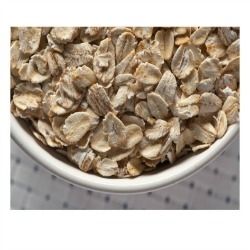
Rotation For Fresher Food
Prevent Pests
Frequent rotation keeps your food fresher and prevents infestation of pests. The weevils that get into grains have always freaked me out. I remember opening a container of name-brand oats years ago that had been in the cupboard for sometime and seeing a small city of the lil beggars instead of the oats. I swore I would NEVER have that situation, again.
For baking supplies use and rotate them on a regular basis. Holiday season is a great time to use and restock your older baking goods. There are so many goodies you can whip up!
Use oxygen absorbing packets to keep pests away or use bay leaves in items that won't absorb the leaf flavor. Pasta and rice isn't affected by it. For a large plastic bin used for dry goods place a whole package of bay leaves in it off to one side.
It really bugs me to throw out food. Pun intended.
Place cereals in zip-lock bags after opening and slide the bag back into the box. This helps the product stay fresh and prevents critters from getting into the food. The waxy bags are terrible for keeping freshness and they are awful to open. I have to use scissors or the bag gets torn so it doesn't pour out right. When the bag is at about 1/3 or less I pull it out of the box. It's time to buy more or pull another out of storage.
Image: Allposters: Oatmeal

Rotation Ideas
Frugal Living
A great idea for using storage goods is applying household and kitchen staples as substitutes for name brand cleaning products.
Did you know salt and/or baking soda make great scouring agents? Baking soda has always been a useful tool for cleaning. Bleach has many uses from whitening to sanitizing. Used in small quantities it can purify water and sanitize surfaces. Spearmint Rubbing alcohol and water makes an excellent window and surface cleaner. Peroxide is great for removing protein stains
The more ways you integrate storage in your household needs the fresher it keeps. Develop routines. This helps with the budget, too, frugal living is one of the keys to successful storage planning.
Skip down for more on making your own cleaning products.
Cleaning Products - Peroxide ~ Image: Allposters
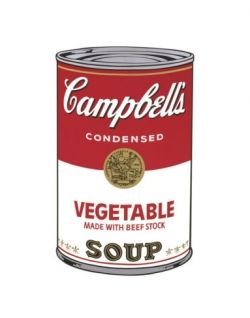
Expiration Dates
First In First Out
Want to know where the freshest goods are in your local market? In the back of the shelf or the bottom of a pile of produce. And that's exactly how you should organize your survival pantry goods. The older items in the front. First In in first out. Restock the new products toward the back of your cabinet. Pick an area every couple weeks to read and update expiration dates. Plan on using them up before they turn.
We all know not to use older dented or bulging cans. The risk of poisoning is greater the older a product is. Don't risk it.
Turn your canned items that contain liquid every few months. This keeps the content stirred and prevents it from caking or forming pockets that will eventually damage the food.
Image: Allposters

Treating and Processing Dry Goods
Freeze Or Dehydrate
It is recommended by the experts to place dry items such as rice or pasta, flour, grains in a freezer for a couple of days before storing. I tend to disagree with that as the moisture content will go up and eventually cause damage to the quality of the food though I believe there is some validity to this method.
There is another process that calls for dropping dry ice into your grain buckets, but you may want to make certain you don't want the grain for sprouting or planting later. It ruins it for use as seed.
One of my church lady friends told me to use low oven temperature for conditioning dry goods. Spread flour, rice, or pasta on a layer on a cookie sheet and bake at 200 degrees for about 30 minutes. This helps remove damaging moisture and the item can be stored for long term. Processed in this manner you may now pack the goods into a sterile container such as a glass jar or plastic bottle. Seal the container with a piece of plastic wrap, waxed paper, or foil in between container and the lids. She told me flour treated in this way can last about 20 years still usable.
What is your favorite storage tip?
Above is listed some of the basic ways to store food for long term. Personal preferences and the environment where you live can impact how you store food for long term. Humid climates can effect dry goods. Dry climates can affect the moisture content of certain foods. Heat will ALWAYS damage quality.
Most of what I know came from my mother and grandmother as well as items from good friends. What is your favorite tip and who did you learn it from?
© 2012 Maria Burgess

